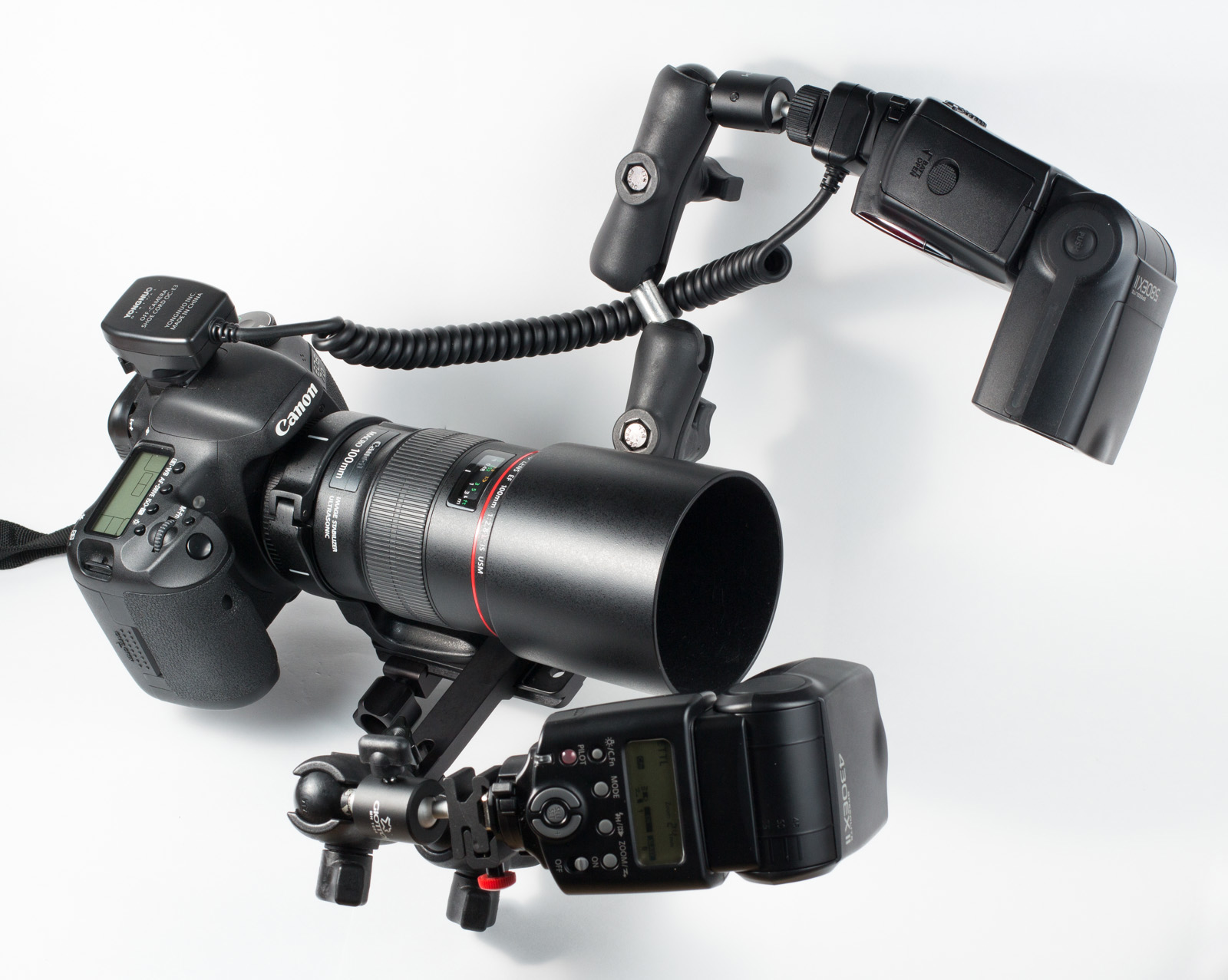Adventures in interior lighting
Update:
Introduction
Light is underappreciated as a way to improve the quality of an indoor environment. The technology has only gotten to the point relatively recently where the energy cost and technology make it feasible to implement adaptive lighting setups with the output to sufficiently light an interior space.
I'm in front of the computer a lot and spend too much time indoors, so indoor light quality has a disproportionate impact on my mood. Good incentive to understand how it impacts mood, energy levels, and sleep quality.
Based on my experience, the areas of opportunity are in matching color temperature to time of day, improving the Color Rendering Index, increasing lumen output during the day, and automation.
